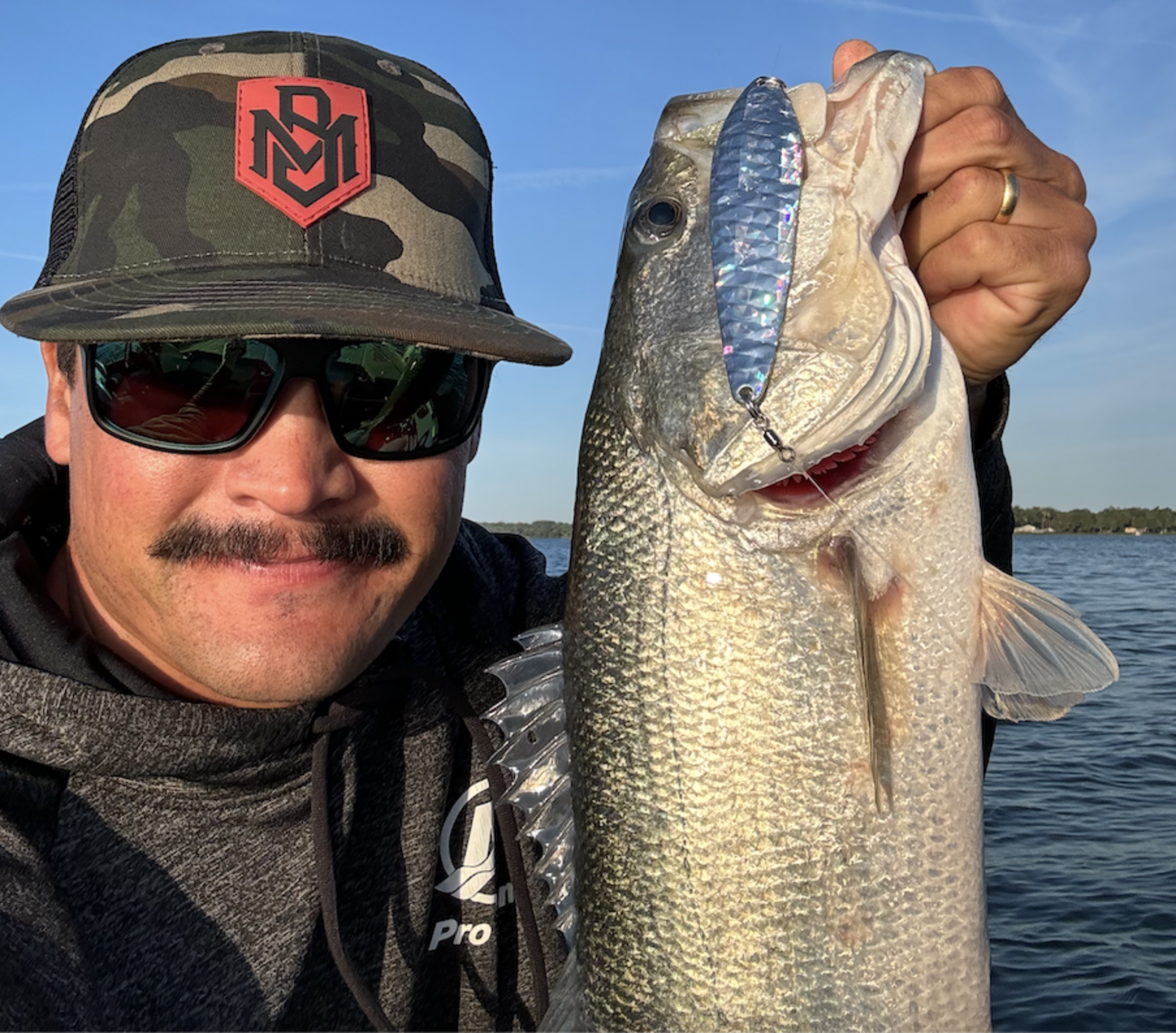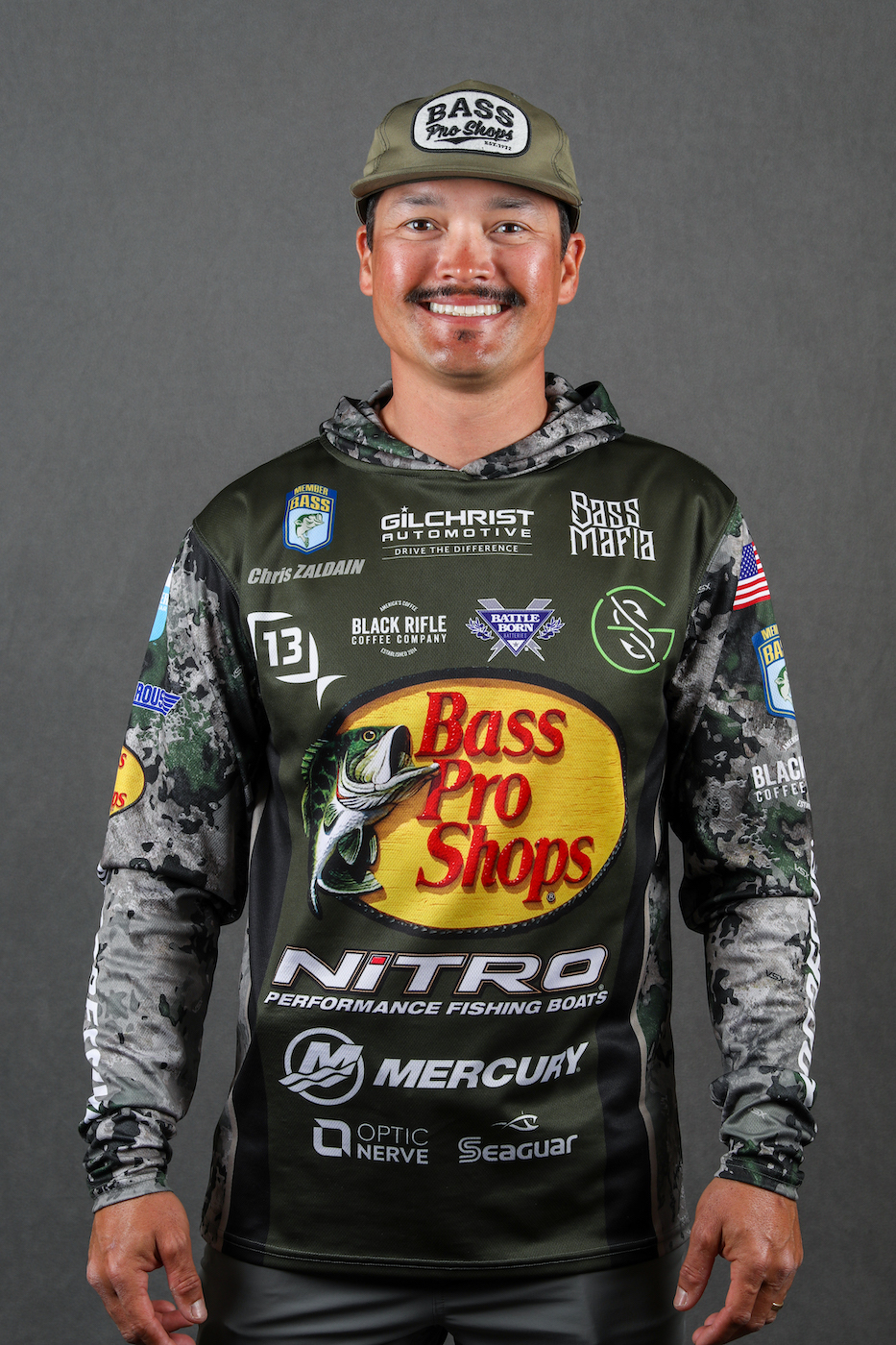
I’m writing this the day before the Bassmaster Elite Series tournament on Florida’s Harris Chain gets underway. Thankfully, we have Wednesday off after the practice days. I’m still recuperating from the Bassmaster Classic at Oklahoma’s Grand Lake.
The Classic was absolutely amazing. I worked at the Bassmaster Classic Outdoors Expo, and it attracted huge crowds. I thoroughly enjoyed meeting and shaking hands with countless fans, signing autographs and taking selfies.
The downside with that much human interaction is you open the door to potential illness. I contracted something and it knocked me down and out for a week after the Classic. I’m still not 100%, but as with any sport, sometimes you have to play when you’re not at your best.
I’ve been doing everything I can to physically and mentally prepare myself for a two-week bass fishing marathon. Today, I contacted a mobile IV therapy service and had them come to the RV campground where I’m staying. They administered a Myers Cocktail, which treats fatigue, dehydration and weakened immunity.
I’m so glad I did that because I feel much better. Fellow Elite pro Gerald Swindle’s RV is parked nearby. He also got sick after the Classic and took advantage of the IV service while it was here.
Swindle and I are not the only ones in recovery mode. Most of Florida’s bass are recuperating after their spawning ordeal. They kind of feel like I do right now.
Fishing for postspawn bass in Florida can be brutal. Sight fishing and many of the grass patterns that produce big catches in February are no longer in play. Since 90% of the bass are done spawning, I’m organizing and rigging my tackle accordingly. That means a lot more moving baits, including topwater lures and jerkbaits.
Given that I love throwing larger-than-normal baits, I searched for spawning gizzard shad and concentrations of 6- to 8-inch golden shiners during my practice days on the Harris Chain. I’ll do the same thing at the following event on the St. Johns River.
I believe there is no better way to mimic those larger baitfish than with a swimbait and a large flutter spoon. I’ll be targeting grass lines and shell bars. Those are great hangouts for spawning gizzard shad and golden shiners and for the postspawn Florida bass that stuff their enormous bellies with them.
Most people reserve big spoons for places like the Tennessee River reservoirs where they can stroke these baits over ledges 12 to 20 feet deep. A spoon will also prompt strikes from Florida’s largemouth when you hop it over shell beds and other hard-bottom areas in 6 to 8 feet of water.
I worked with Bass Mafia to design the 8-inch spoon I’ll be throwing down here in Florida. It’s produced by Nichols Lures, a company known for making exceptional flutter spoons. We named it the Big Larry.
Bass Mafia’s 7-inch Daingerous in the Black Back Shad color will be my primary swimbait. That color scheme has a fine gold flake in it. I don’t know what it is about the color gold in Florida, but the bass love it. It represents a golden shiner very well.
I’ll rig the Dainerous with 1/4- and 3/8-ounce belly hooks so I can throw it up against grass lines and drag it over shell beds without snagging. That’ll put the swimbait right in a bass’ wheelhouse.
If I can drop a few heavyweights into my livewell after the tournament starts, I suspect that will do more to boost my mental and physical recovery than the IV did.





